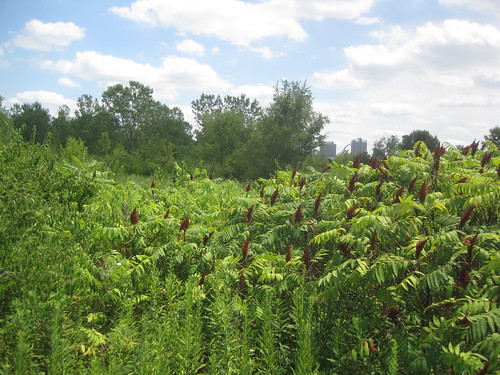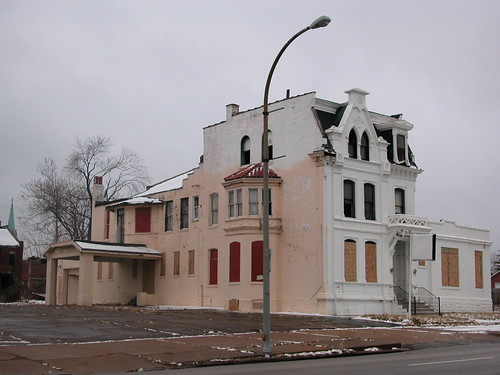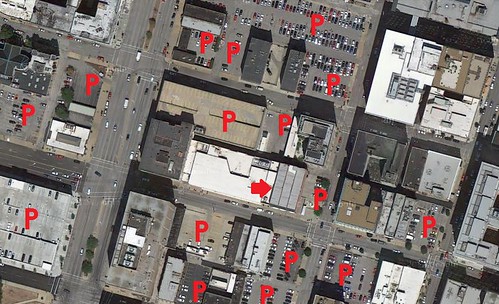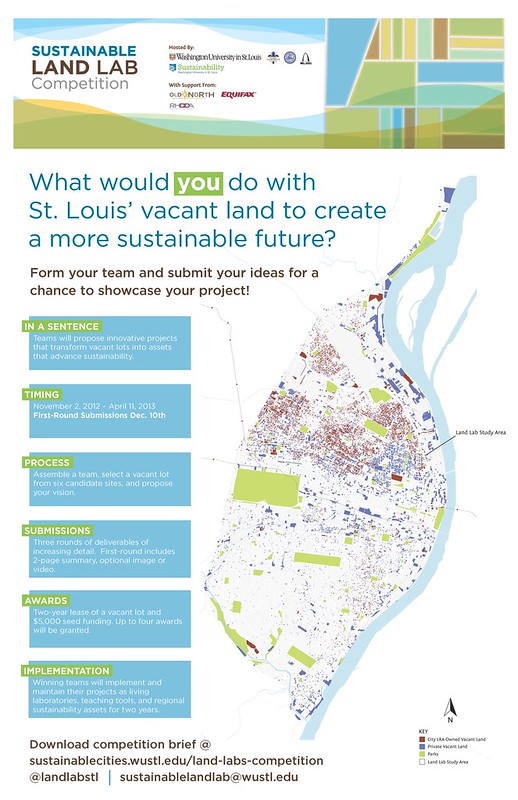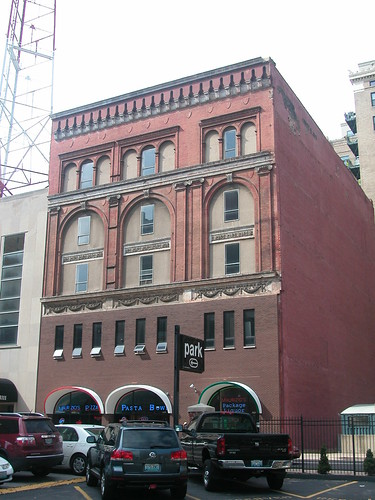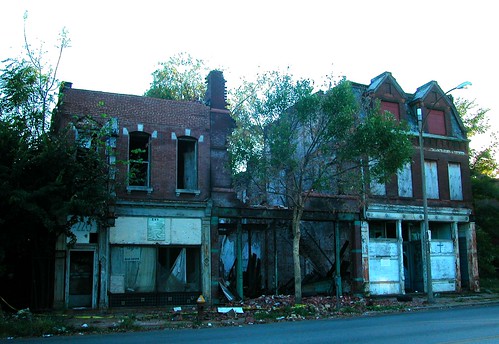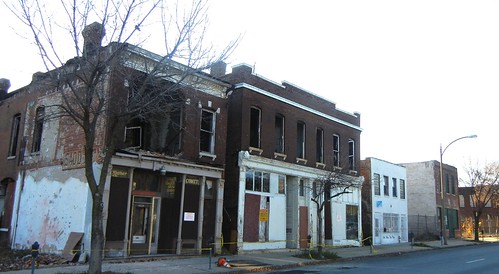by Michael R. Allen
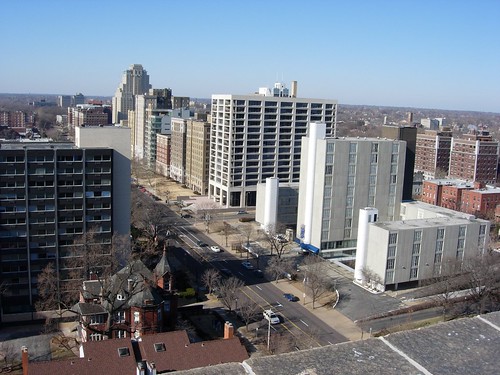
On June 22, 2009, the Preservation Board voted 3-2 to grant preliminary approval to demolition of a landmark work of non-residential modern architecture designed by a renowned architect with a national practice, located in the Central West End Local Historic District. Readers with memories long and short will know that this building was the DeVille Motor Hotel (later San Luis Apartments) at the northeast corner of Lindell and Taylor avenues, completed in 1963 and designed by Charles Colbert, partner in the firm of Colbert Hess Lowery & Boudreaux. Some of the same number will know the arduous struggle by preservationists to get the Archdiocese to reconsider demolishing the curvaceous former motel, which ended up in a lengthy Preservation Board meeting.

